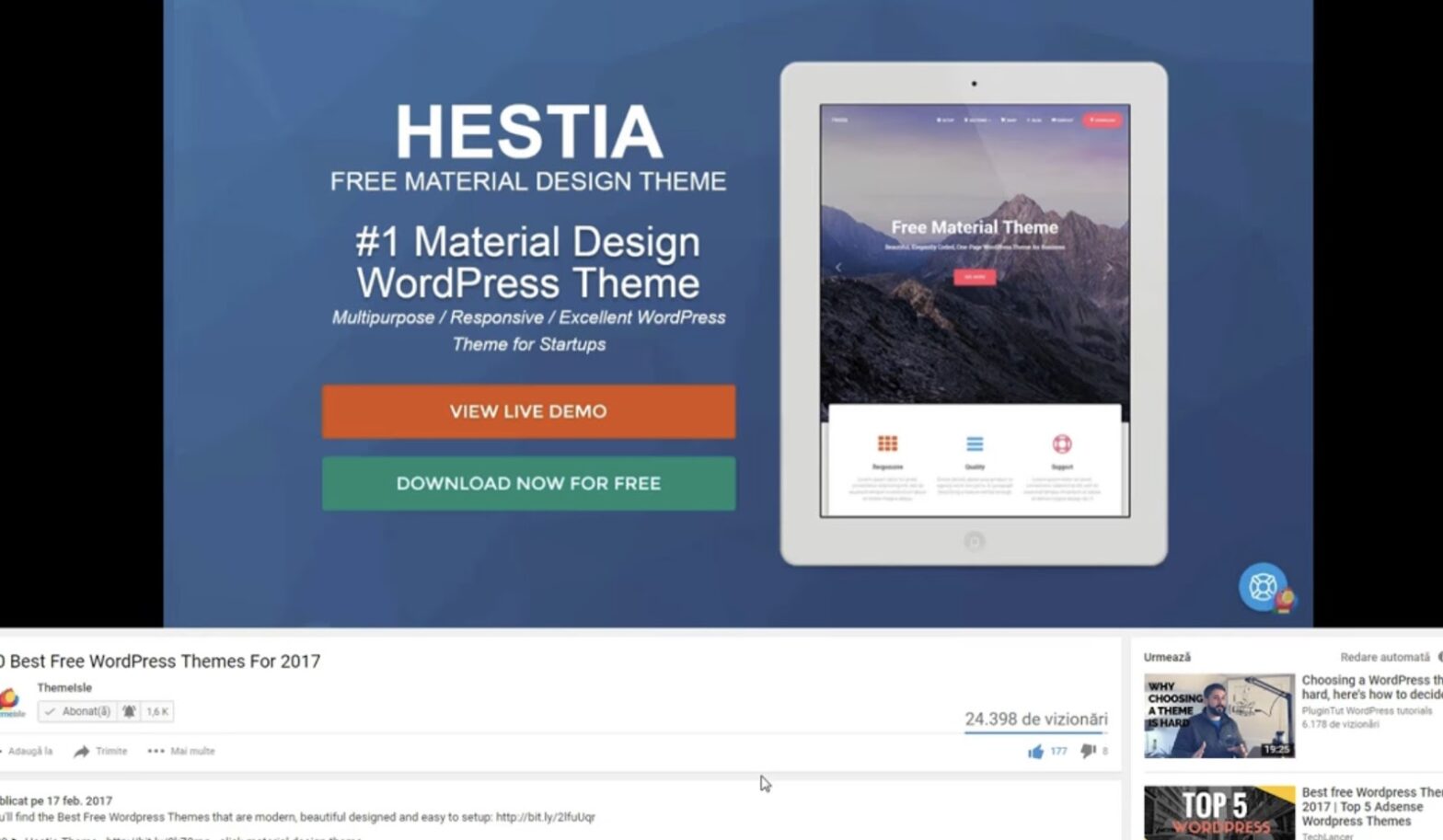
PlugIm: The Future of Digital Connectivity
The blogger, a proactive experimenter, is well-known for their relentless testing on their blog. This continuous experimentation isn’t limited to the blog alone but extends across their various business endeavors. They’ve established a routine of sharing results and insights from these tests on the blog, with a promise of more in-depth analysis and data being shared in their monthly print newsletter.
Recent Focus: Testing the PlugIM Widget
Implementing and Observing PlugIM Widget
In a recent initiative, the blogger decided to test the PlugIM Widget, integrating it into their blog. This widget, strategically placed at the top left corner of their posts, quickly became a point of interest for readers. The true test came when the blog’s increased traffic led to two of its stories achieving front page status on PlugIM. This rare occurrence, with the stories ranking 3rd and 5th, presented a perfect opportunity to evaluate the widget’s impact.
Analyzing Traffic from PlugIM
Front page exposure on social bookmarking sites is known to generate significant traffic. However, the quality of this traffic is often a subject of debate. From the PlugIM front page exposure, the blog received 25 visitors. While 80% of these visitors were new, their engagement was low – they spent an average of 44 seconds on the site and had an 80% bounce rate. Notably, only 20% ventured beyond the first page of the site. This level of engagement paled in comparison to StumbleUpon’s traffic, which showcased a much lower bounce rate of 41.52%.
Decision to Discontinue PlugIM Widget
Given these underwhelming results, the blogger decided to remove the PlugIM widget. The low level of user engagement and high bounce rate did not align with the goals of the blog, especially considering the space and load time associated with the widget. This decision reflects the blogger’s commitment to optimizing user experience and resource efficiency on their site.
Upcoming Tests and Future Plans
- Exploring New Avenues. The blogger is not one to rest on their laurels. Upcoming tests include exploring paid traffic through StumbleUpon ads, priced at 5 cents per visitor. This experiment aims to assess the cost-effectiveness and impact of paid traffic on overall engagement and reach;
- Testing Bloggingzoom. Another platform under scrutiny is Bloggingzoom. By integrating and monitoring this tool, the blogger intends to understand its efficacy in enhancing blog visibility and attracting a relevant audience.
Split Tests on Popovers
In an effort to increase subscriber rates, multiple split tests are being conducted on popovers. Despite acknowledging the potential annoyance to some readers, the blogger is keen to quantify their effectiveness. Preliminary results have already indicated a positive impact on subscriber growth.
Balancing Innovation with User Experience
These tests are part of a larger strategy to balance innovation with user experience. The blogger recognizes the importance of staying ahead in the dynamic digital marketing landscape while ensuring that the audience’s interaction with the blog remains positive and engaging.
Conclusion
In summary, the blogger’s approach is characterized by a relentless pursuit of improvement and optimization, not just for their blog but across their business ventures. Each test, whether successful or not, contributes to a deeper understanding of digital marketing dynamics and audience preferences, driving informed decisions that shape the future of the blog.